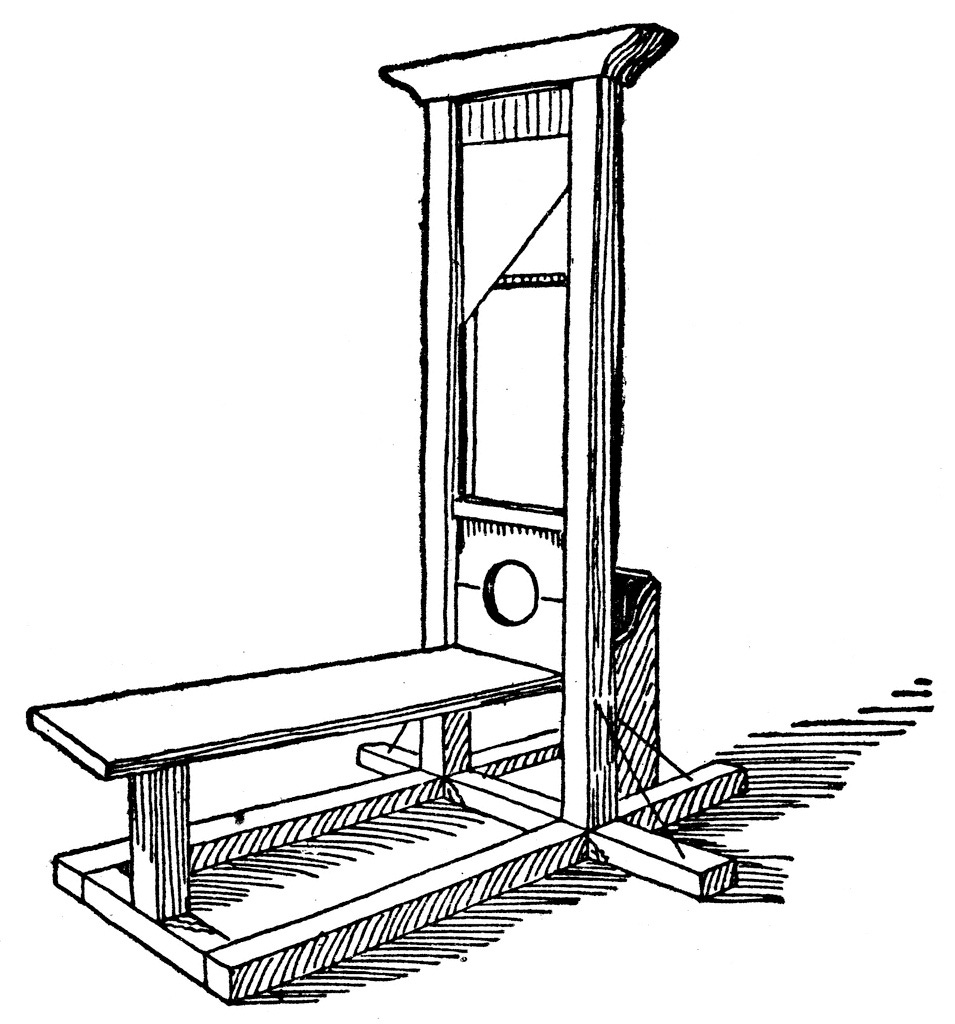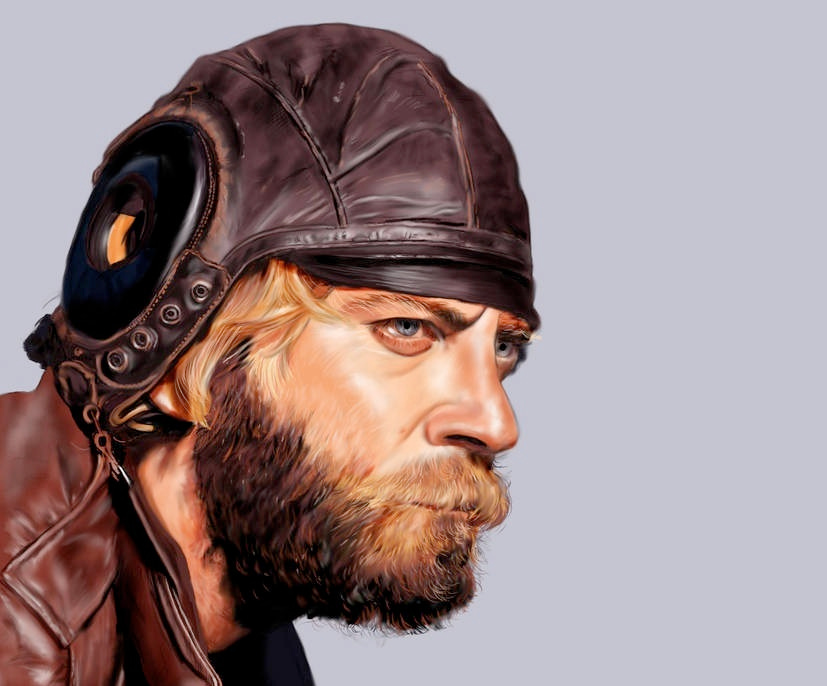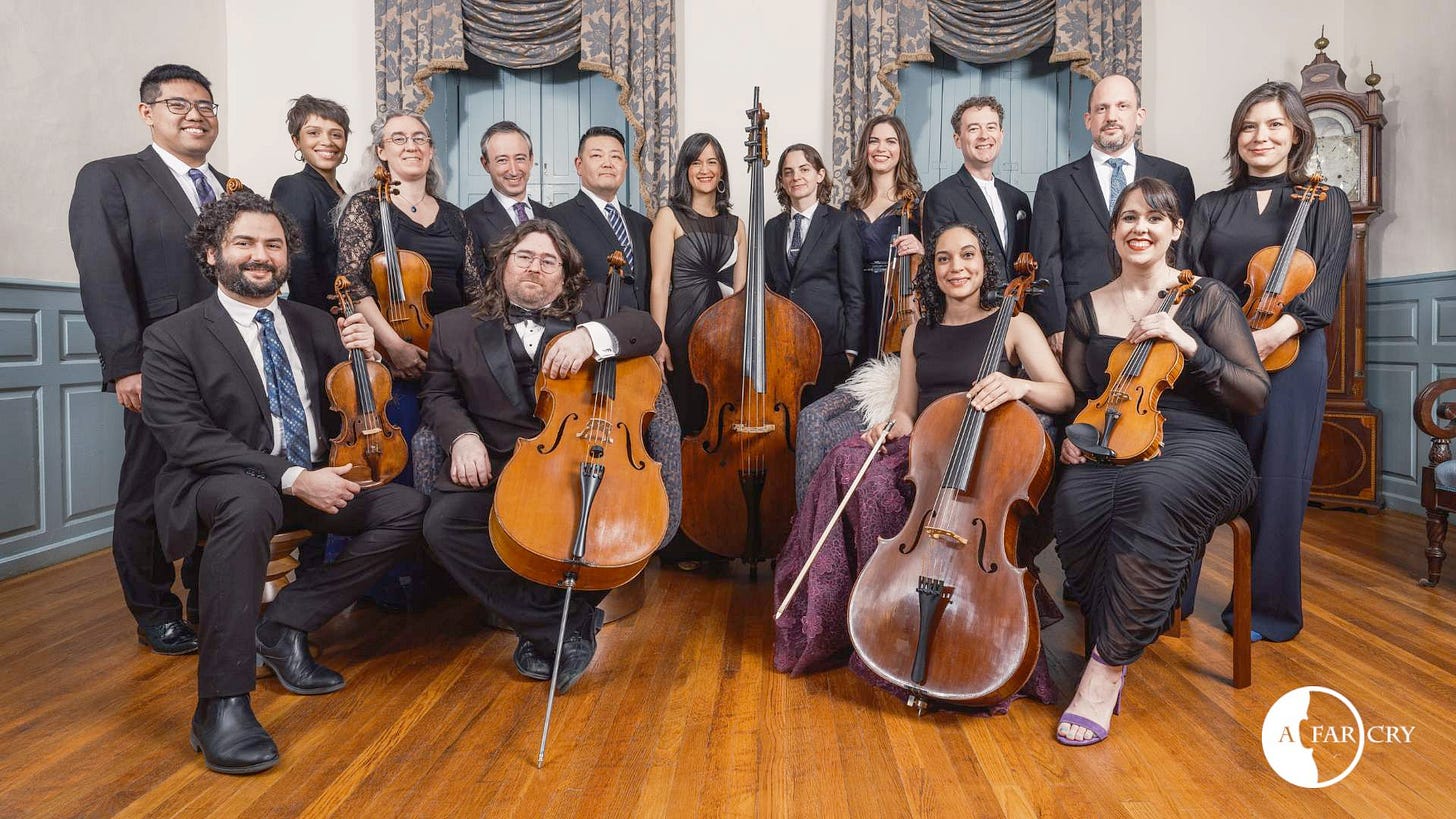Off with the Head!
Leadership without a Head
Can you have a successful organization without a leader, without a "head"?
Well, er, maybe. It depends. Sometimes it works and sometimes it doesn't. By looking at self-direction, what it can and cannot do, we can gain a more clear view of the what makes great organizational leadership.
Canoe Trips. Once in a while, never frequently enough, I get lucky and get to go camping with a couple of old buddies. Both are good men, patient, skilled, … fun. We travel, by car, to a remote lake in Upstate New York, and we leave civilization for a week. We paddle on a remote lake, voyaging around, landing aground at a new campsite every day.
We pitch tents and rain tarps. We collect and cut wood. We make fire and cook. We hack together makeshift tables and furniture. We dine, sip whiskey, and solve all the world's problems. We get up the next day, make breakfast, pack up the camp and canoe. We repeat the cycle every day for a week or more.
Everything that needs to get done does. Tasks self-organize, everyone gives their best, no one complains. It's all unspoken. It's leaderless. Sometimes, the person with the most skill at a given task does that particular task. Often it's not that way at all; instead, the person who is most enthusiastic, interested, or willing does a task. We rotate the chores the same way we rotate the paddling positions in the canoe. Again, it's unspoken, friction-free, fun.
I want to tell you what this is not. It is not an example of "mission-driven" success. We are not going anywhere specific, and there is no "success metric" of miles paddled or some other nonsense. It's not high stakes. I have a few, similar memories of occasions as a volunteer: Sometimes, at an organization helping others, a "crew" just comes together, and everything flows, a wonderful feeling. People self select themselves for volunteerism; I believe that self choice plays a big part here, as in the canoe. We choose to be of help, we choose to be of goodwill; to breathe this collective air is a joy for all involved. The personalities of the people involved, and the strength of their relationships to each other makes it work.
Whenever, wherever you can cultivate that chemistry - - that rare aire - - in your organization you should. Seek to create conditions favorable to those collectives through your project, staffing, and hiring choices.
In the movie "Kelly's Heroes" (1970), Donald Sutherland plays Sergeant Oddball in an unlikely team of U.S. soldiers including co-stars Eastwood, Savalas, and Rickles. I won't ruin this great film for you with any spoilers; let's just say their "mission" is a bit unorthodox and doesn't follow the traditional Army plan of battle. They do tremendous damage behind enemy lines. The film's tag line is: "They set out to rob a bank… and damn near won a war instead!"
See where I am going with this? "Leaderless" action can, and sometimes does, result in outcomes at a grand scale which are superior to that of a conventional "led" action. While Kelly's Heroes is fiction, this model has a long military history of fact.
In WWII, men known as "Jeds" formed three-men Jedburgh Teams of clandestine operators. Dropped by parachute into occupied France, the Netherlands, and Belgium, these teams were tasked with sabotage, guerrilla warfare, and leading local resistance forces in actions against the Germans. While they did communicate with their superiors and did have instructions, consider, if you will, that the instruction set for these men could be as simple as "find valuable stuff and blow it up".
Another famous example occurred on June 6, 1944, D-Day. Prior to the beach landing at Normandy, more than 13,000 soldiers of the US 82nd and the 101st Airborne Divisions were dropped behind enemy lines. In spite of careful planning, bad weather and happenstance placed men far from their intended landing positions. Loss of their commanding officers and lack of communication left these men "leaderless" as they fought for a week behind enemy lines.
Here, "decapitated" teams of committed, trained men had tremendous latitude in their actions, and those actions' alignment with the overall mission enabled great success. Often, a simple instruction set, performed by a large number of individuals enables this. When I was at Toyota, one such instruction was "Stop the line if your step is not to standard." If every single station does this, the end product is of exceptionally high quality.
Be sure to communicate simple and clear instructions to those you work with, in the workplace or even at home. It's best when that instruction is focused on the most critical action(s) under the control of that individual: "Let no enemy soldier through this door."
As a final example, consider classical music. How about an orchestra without a conductor? How might they "conduct" themselves?
Boston's A Far Cry orchestra believes in "collectively-empowered" music. So, in lieu of having a creative director, they use a democratic process to incorporate the inputs of the individual artists, the music community, and the world at large.
"A Far Cry is a self-conducted chamber orchestra whose mission is to ignite a love for music and utilize its power to bring people together locally and across the globe." - AFarCry.org
The Criers seem to be finding great success with both critics and the listening public. The Boston Globe complemented them, "… something about it feels perpetually fresh with every performance".
It's quite possible that there's also another thing going on here. Arts organizations always struggle to garner the resources and funding they need to survive. A leaderless model has the potential to streamline an organization and dramatically reduce administrative and overhead costs. This could be the very cost savings that enables the core mission. I'll explore this and other advantages of "headless leadership" in future posts.
Can you create self-led units in your own organization? What changes would you need to make to do so? Beyond the potential cost savings, you might be surprised by the resulting improvement in the quality of your work, your end product.
What might be those essential qualities of leadership, present even in the absence of a formal "leader" head? One answer I learned from John Kotter when I was at HBS is that great leadership is "VAM". That's what I wrote in my notes. In describing "What Leaders Really Do", John argues a great leader articulates a vision, aligns people with that vision, and then motivates them to that end.
Leadership is VAM
Articulation of an alternative future, a VISION, and a plan to get there;
Communicating that vision to coalitions of people in ALIGNMENT with and committed to the vision;
Using MOTIVATION to help people along the way, connecting with them as they overcome obstacles on their paths.
Take a look at the examples above. Do you see the strong coalition of paddlers, or volunteers, ALIGNED with their tasks? Do you see the Jed, behind enemy lines, with a crystal clear VISION of a victory over his enemy, and a specific knowledge of how blowing up a bridge contributes to that future? Do you see the MOTIVATION and collective energy in the Far Criers?
Consider this: Even without a clear "head", leadership can be built into the people, processes, and culture of an organization to an extent that it runs itself. This was my experience as a young Group Leader at Toyota. {I recount “The Toyota Way” in a previous post} Consider how you might do that in your own organization - - even your own family unit!
Can you share other examples of "leaderless leadership"? What made it work? Tell me in the comments below.
Can you help motivate me along my way? Please subscribe so you’ll see every post. Share the post with others aligned in a desire to learn more about leadership. My vision is clear, join me!




